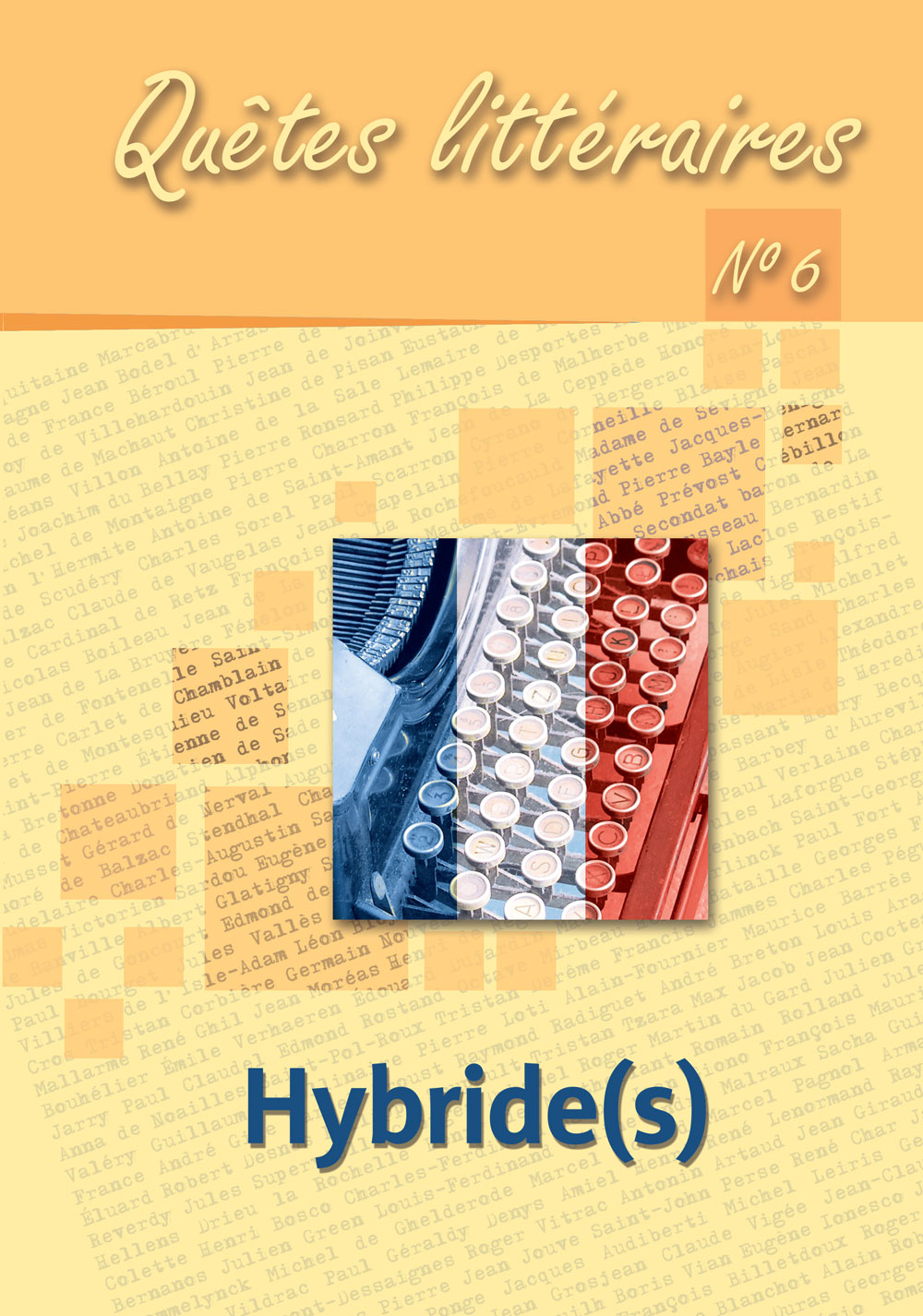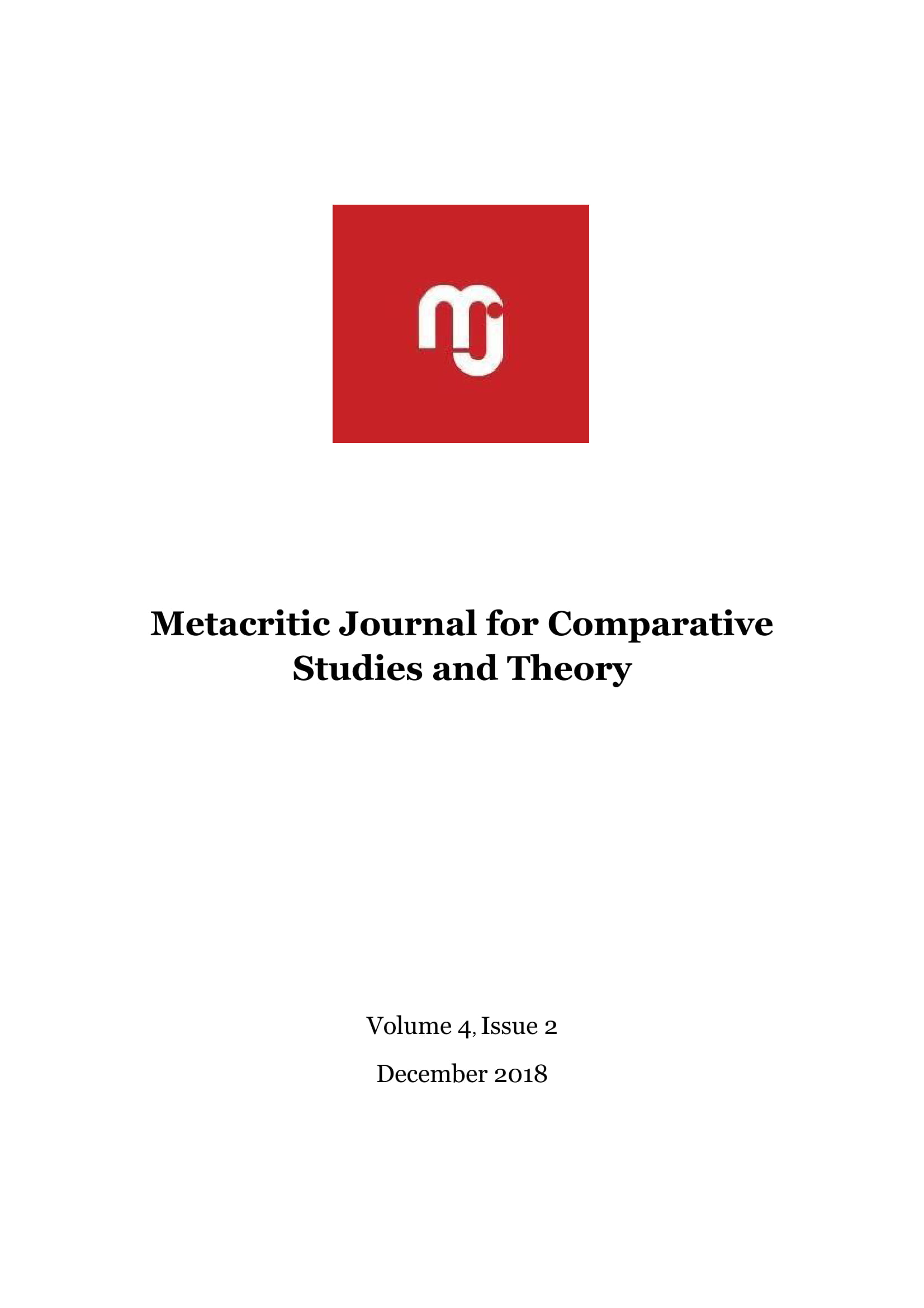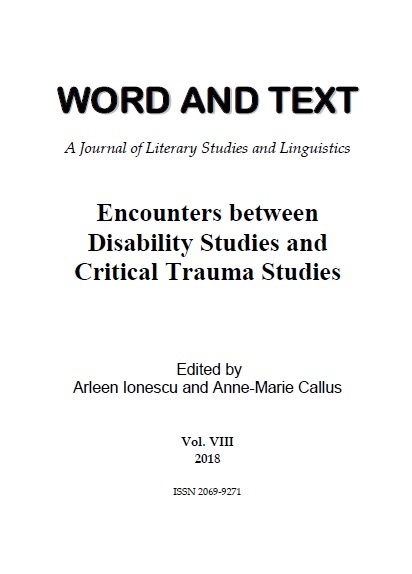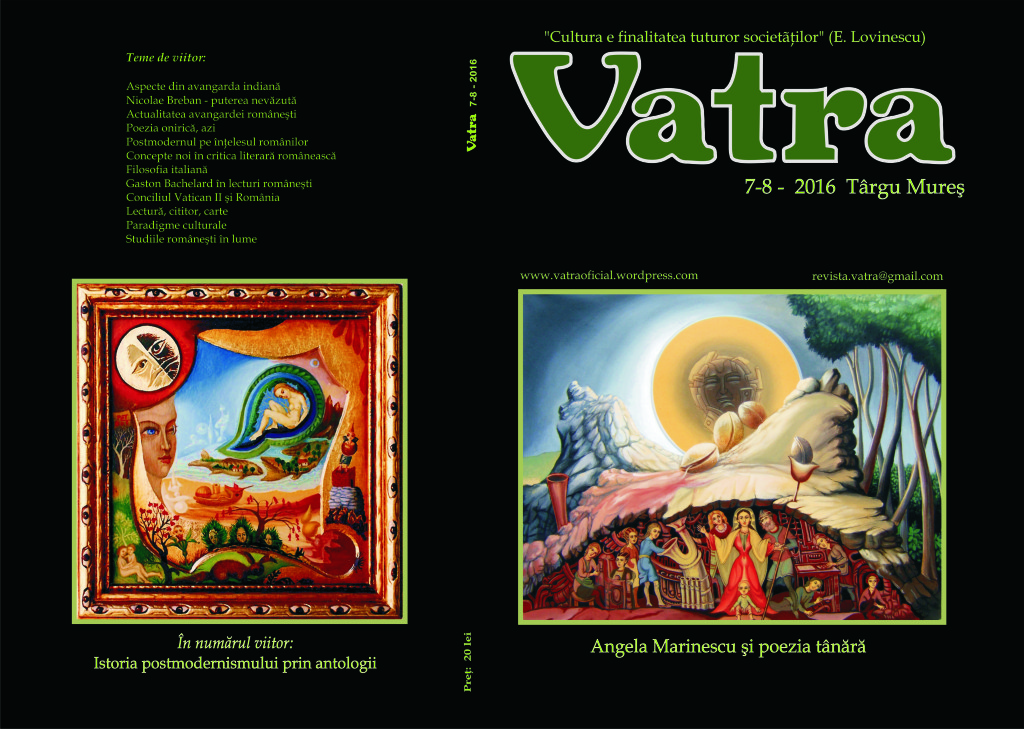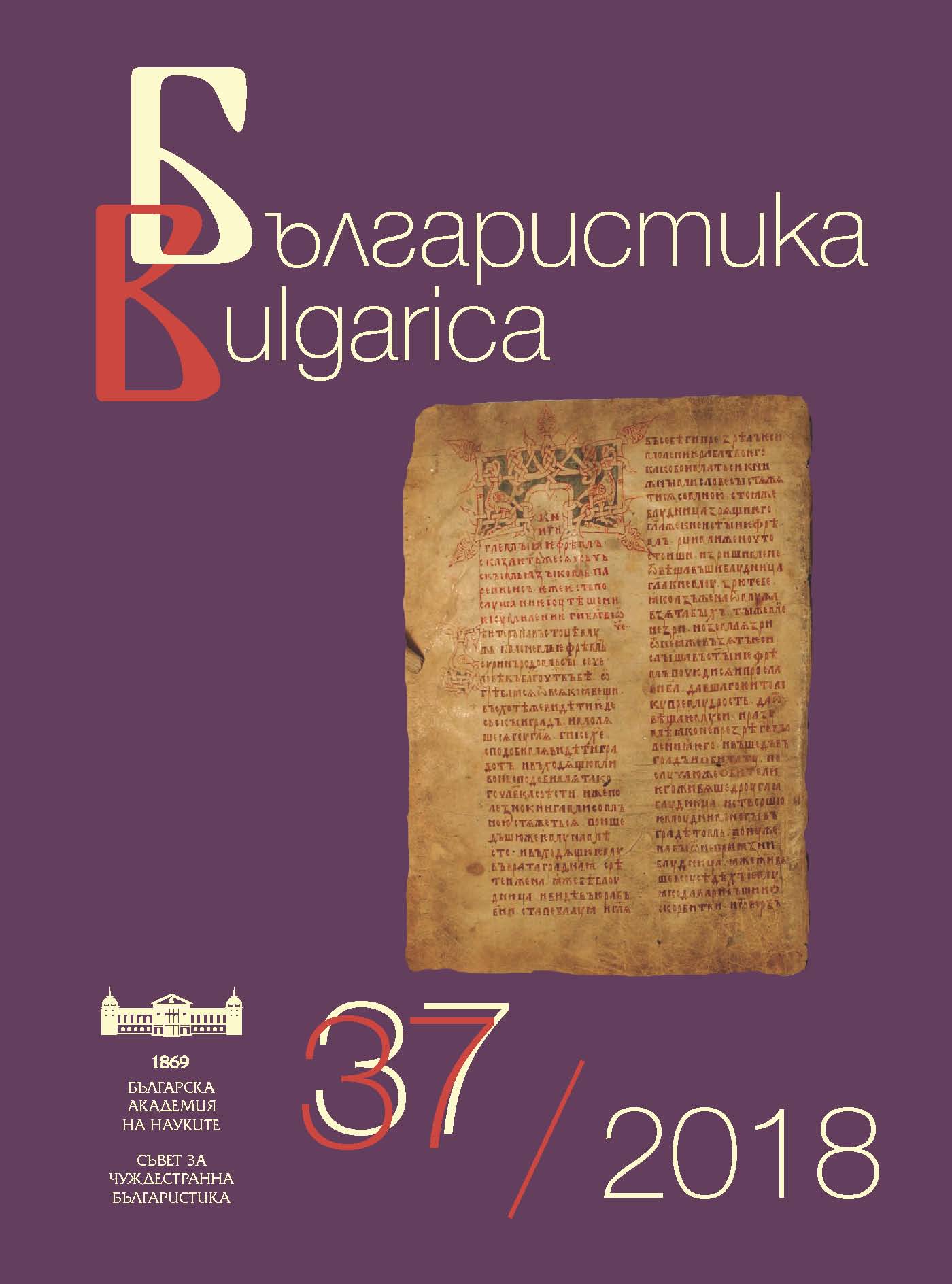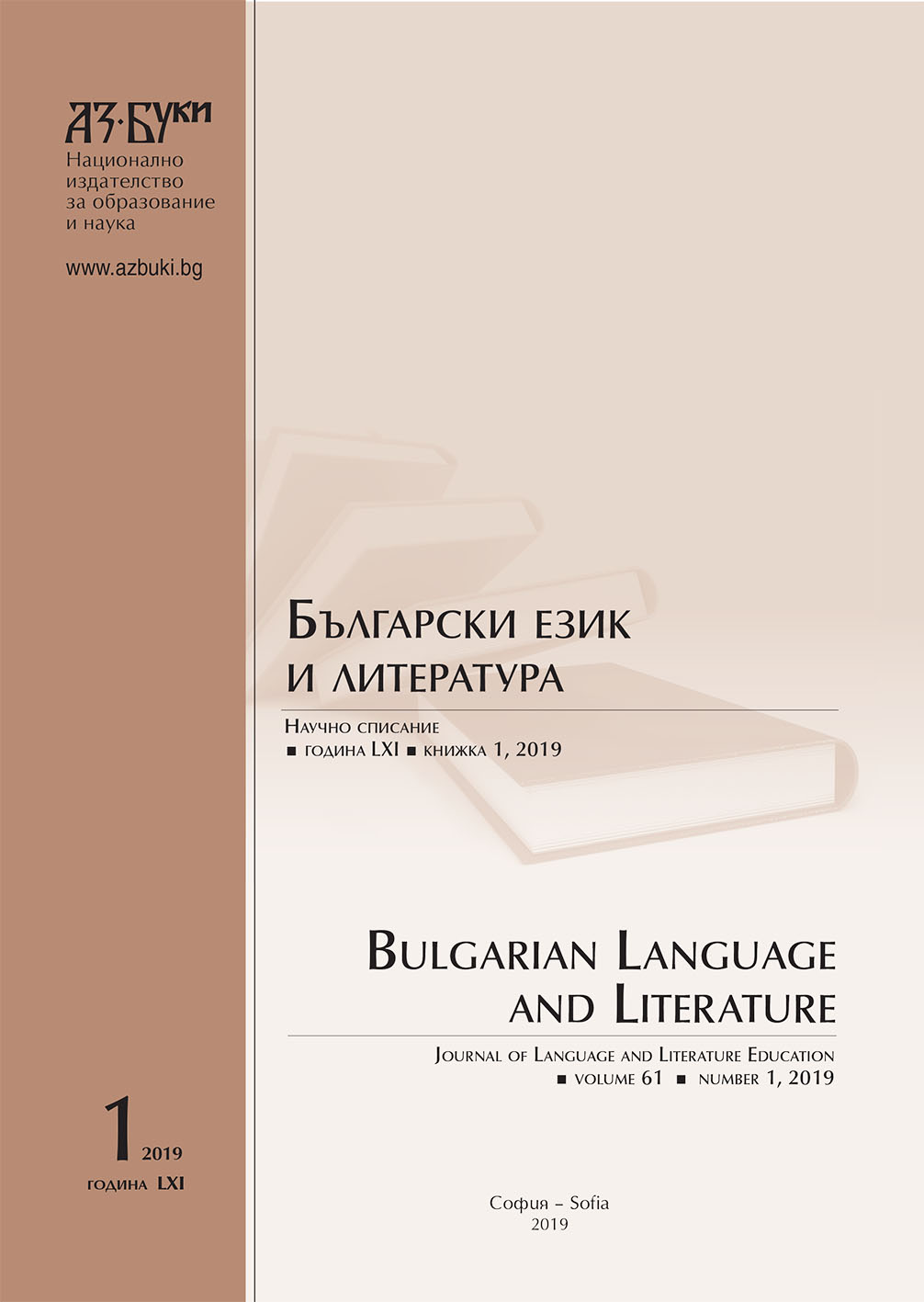Author(s): Jolanda Lila / Language(s): Albanian
Issue: 35/2017
Given that poetry of Ali Podrimja was created in Kosovo, mainly under Serbian nationalist censorship, in the center of it, is the risk of the collapse of identity from “the other”. The poetry of Ali Podrimja marks the existential crisis of personal and national identity,as well as the insecurity, terror and anxiety of living under the tragic circumstances created becauseof the invaders.The Parable of the other, the invader on our case, revels in several forms,which are sometimes marked directly through stylistic figures (mostly metaphors and symbols) and sometimes implied by the consequences that it has left.Even if, logically, has no consequence without a cause, “the other” even is implicited,is the primary (or essential) and determines the consequence.There is a whole set of semantic fields that have a common functional denominator:the risk of dissolving the cultural, political and national essences,from the constant pressure of aggressive and chauvinistic politics, on one hand,as well as the disclosure of a range of our internal weaknesses, on a political and cultural level, on the other hand.The lyrical subject is always in relationship with the “other”, but this relationship is not in equilibrium between each and the other, but is entirely conditionedby historical circumstances.Conditionality goes to the degree of acquisition of the identity of the lyricalsubject and assuming it as their ownand naming them as their own.So parts of yourself become parts of the otherand in this way, arises the need for self-regeneration.Thus, Podrimja builds the map of ethnic Albanian poetically,by unifying the most extreme Albanian lands,through the use of toponyms and hydronyms with the value of historical symbols: Arta, Preveza, Shkodra, Janina, Iliria, Atlantida, Vaterllo, Drini, Buna, Joni, Ohri, Vardarietc.The parable of ethnic - homeland is obtainedeven through symbols who are building from the basis of historical figures, such asSulltani, MbretiDioklecian, Skënderbeu, Ali Pasha, FotoXhavella, MarkoBoçari, Bubulina, Teuta, Genti etc. This parable is outline furtherthrough historical dates transformed into symbols for ethnicity, like the years:1978, 1913, 1981, 1982, 1924, 1945, 1992,which means important juncture in the history of the Albanian nation.These components, which are not just geographic or historical signs,but are genuine symbols with archetypal function,create a clear background for the interpretation of the concept of “the other”, as object and subject.
More...
